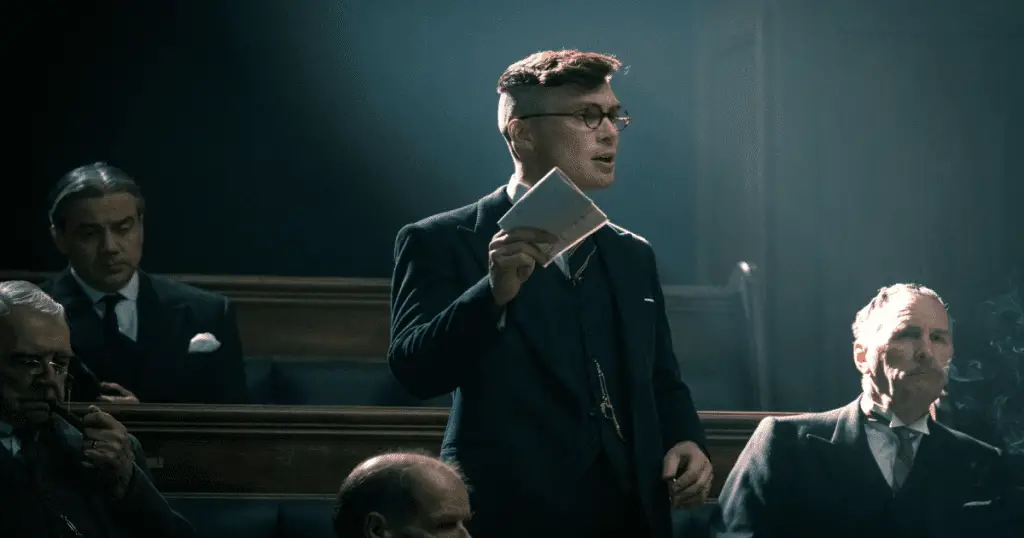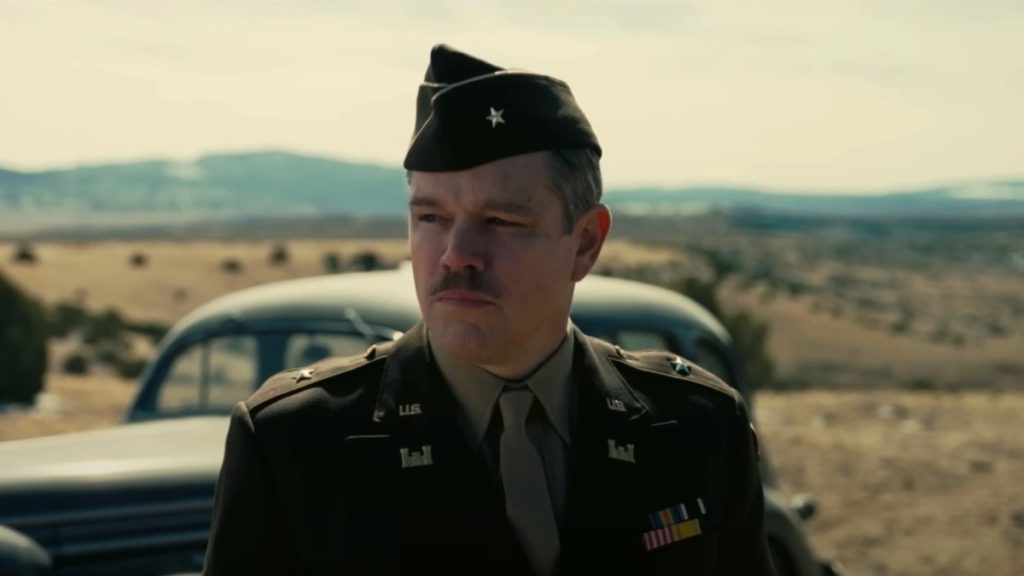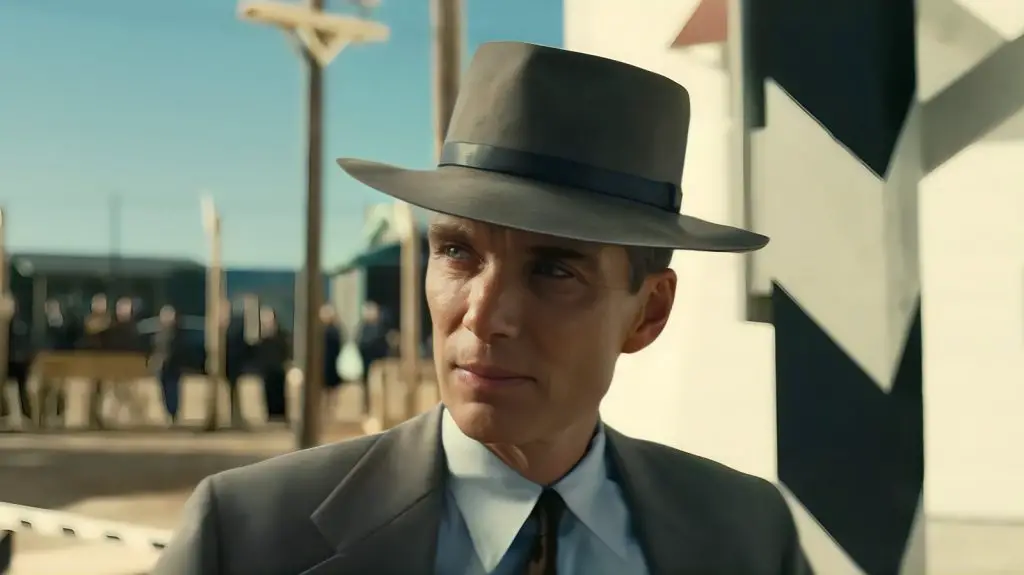When we dissect the genius of Christopher Nolan’s work, one resounding element becomes impossible to ignore: his unprecedented manipulation of time and narrative structure. One can trace this distinct signature in films such as Memento with its alternating timelines; Inception and its layers of dreams with varying time dilations; and Dunkirk, which skillfully weaves a week-long ordeal on land, a day-long journey at sea, and a breathtaking aerial chase that spans an hour.
In his newest venture, Oppenheimer, Nolan continues this unique storytelling trend, enveloping his audience in two coexisting timelines. This isn’t a mere storytelling gimmick; it’s a strategic choice that sharpens the film’s themes and overall narrative.
Inside Oppenheimer’s Dual Timelines

1. Colorful Glimpses into Oppenheimer’s Life:
The more dominant timeline, vividly presented in color, offers a deep dive into J. Robert Oppenheimer’s life. Nolan takes us on a journey from Oppenheimer’s academic pursuits in quantum physics, his professorial stint at Berkley, to his pivotal role in the Manhattan Project. This journey reaches its climax at the Trinity test, where the world’s first nuclear weapon is successfully detonated. However, Oppenheimer’s triumph quickly spirals into horror as the military employs his creation on Hiroshima and Nagasaki. The profound guilt stemming from this misuse is palpable, leading Oppenheimer to rally against further nuclear weapon advancements. This timeline poignantly concludes with a distressed Oppenheimer losing his security clearance due to his political affiliations and vocal condemnations.
2. Black and White Chronicles of Lewis Strauss:
In stark contrast, a black and white timeline chronicles AEC chairman Lewis Strauss’s activities. Through his Senate confirmation hearing, we witness flashbacks revealing Strauss as the architect of Oppenheimer’s demise. Driven by a blend of personal vendetta and nationalistic concerns, Strauss collaborates with AEC executive director William Borden to accuse Oppenheimer of Soviet collaboration. This black and white narrative takes a twist when David Hill, a Manhattan Project scientist, stands against Strauss, leading to Strauss’s political downfall.
Unlocking the Dual Timelines’ Significance

Nolan is no stranger to critiques labeling his work as overly intricate or emotionally detached. However, his storytelling methods always gravitate towards specific thematic objectives. With Oppenheimer, the dual perspectives delve deep into the protagonist’s multifaceted persona. Here’s a man who’s both a visionary and a haunted soul, an intellectual beacon who unintentionally paves the way for potential global annihilation.
By juxtaposing Oppenheimer’s emotional journey with the political games that followed the creation of the nuclear bomb, Nolan showcases the broader repercussions of this scientific breakthrough. As the story unfolds, we comprehend the intricacies of Oppenheimer’s character, from his personal dilemmas to the grander global consequences of his innovations.
Nolan’s choice to simultaneously display Oppenheimer’s subjective experiences alongside the broader ramifications offers a comprehensive insight into this historical figure. The film thus paints a multidimensional portrayal, echoing the sentiments late in the film where Strauss highlights Oppenheimer’s use of hearings to alleviate his own guilt.
A Triumph in Biographical Storytelling

Oppenheimer is Nolan’s triumphant endeavor into biographical cinema. By offering both a subjective and an objective viewpoint, Nolan delves deep into the heart and mind of J. Robert Oppenheimer. This isn’t just a chronicle of historical events; it’s an exploration of legacy, conscience, and the indomitable march of time.
Conclusion

In Oppenheimer, Nolan has once again proven his prowess as not just a filmmaker, but as a storyteller who understands the very fabric of time and narrative. This biopic, with its intricate structure and deep thematic explorations, serves as a testament to Nolan’s ability to take audiences on a journey, compelling them to rethink the nature of time and the legacies we leave behind.


